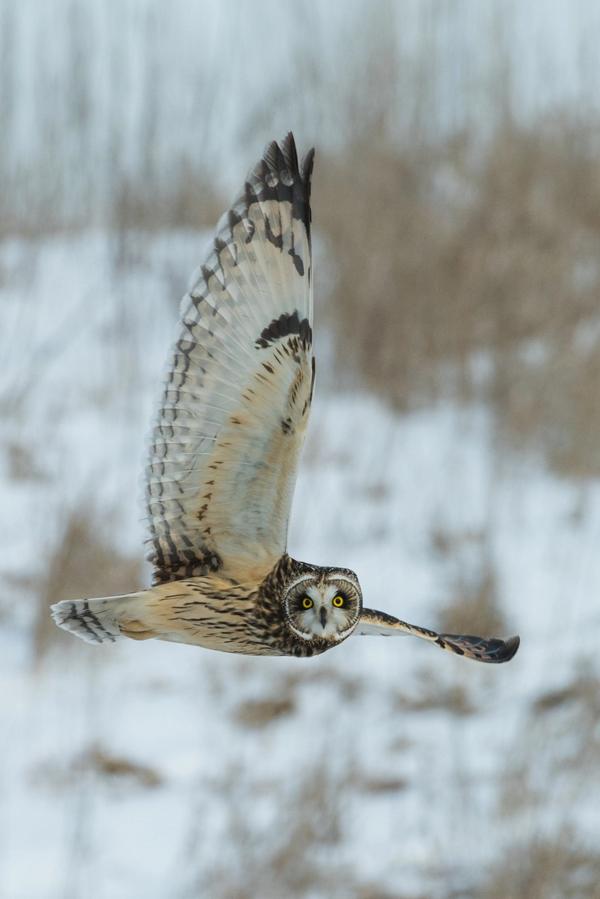Design & Nature Reimagined: A new way to fly
I love traveling. And unfortunately, traveling by plane is also really bad for the planet. Transportation makes up 29% of global emissions (almost a third!), and of that 29%, aviation accounts for about 2.5% of global CO2 emissions. So, not a huge amount, but not nothing. I've talked before about some renewable energy options that are emerging, and today I want to look at the possible future of planes. What might we do differently to reduce emissions when using air travel? And you may ask; why does this matter? Perception is an important part of creating our reality, and if there's a perception that something as big and onerous as planes can be switched to electric, imagine how that creates a proof of concept for other industries? Additionally, it can create social proof and a positive feedback loop. Think about the branding opportunities for a company like JEEP. They attract a very specific set of customers because of brand loyalty and brand perception. Electric planes have the opportunity to change industry perception and create new brand loyalty that does more good than harm.
NASA is funding electric plane research
Everyone is electrified about electrification. And with good reason. Electric energy can be made with renewable energy and so provides a step toward a more sustainable future. We're seeing cars slowly transition to this model, and now, NASA has funded electric plane research as well. The hope is that this is an inflection point for the industry. We know we have to make significant changes and find actual alternatives to our use of carbon. So that means that companies will be researching electric planes, looking at alternative fuel options, and figuring out ways to supplement their carbon output with carbon "offsets" that preserve existing carbon rich areas. Climate change is a massive, interconnected web and will take lots of different efforts to have a big impact.
Biomimicry helps planes become more efficient
Of course looking to the birds for more efficiency can be helpful for aircraft design, and some contributors so far have been geese, eagles, and owls. But one less obvious creature that's contributed to proof of concepts for more efficient design are sharks. By studying how sharks moved through water, designers were able to redesign the wings and tail of the aircraft to mimic the dorsal fin of sharks; reducing induced drag on the plane and making it more efficient. As for the birds that aviation designers are studying, owls provide a new opportunity. By studying how owls are able to fly silently, planes can become quieter. And we've already talked about the growing influx of human-made noise and its impacts on all of us.
That's all for today! I know thinking about climate change and talking about it can be overwhelming. It's massive and scary and, in a lot of ways, incomprehensible. But we have to balance our fear and anger with hope. Fear helps us identify the problem, anger incites action, and hope keeps us moving forward. Together, inch by inch, meter by meter, we can create change that impacts the world. So, today I'll leave you with a picture of nature's silent bird of prey and the inspiration for new wing design in aviation; the owl.

